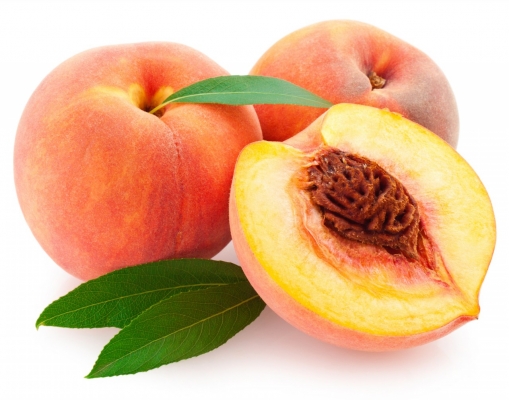General Information
Peach is an important stone fruit crop of the temperate zone. High quality peaches are produced in higher hills e.g. J.H. Hale, Alberta and Matchless peaches. In the plains during nineteen sixties only inferior quality peach ‘Chakali’ was grown. With the introduction of low chilling requiring peaches from Florida it has become the most important fruit of plains. The harvest time period of peach rang from April-July. Peach is usually taken as garden-fresh, though, delightful squash can also be prepared from its varieties. The peach kernels essential oil can be used in producing of plenty of cosmetic products as well as medicinal products. They are rich in several essential minerals like potassium, fluoride as well as iron.
This area has a subtropical climate. Areas in Punjab where peach cultivation is high in Ludhiana, Amritsar, Hoshiarpur, Jalandhar, Ferozepur, Muktsar sahib, Patiala, Sangrur, Bathinda, Ropar, SAS nagar, SBS nagar, Fatehgarh.



















